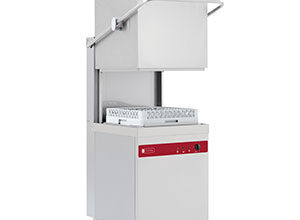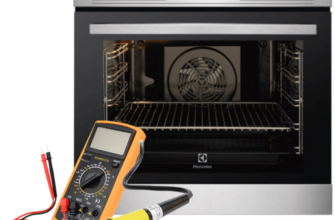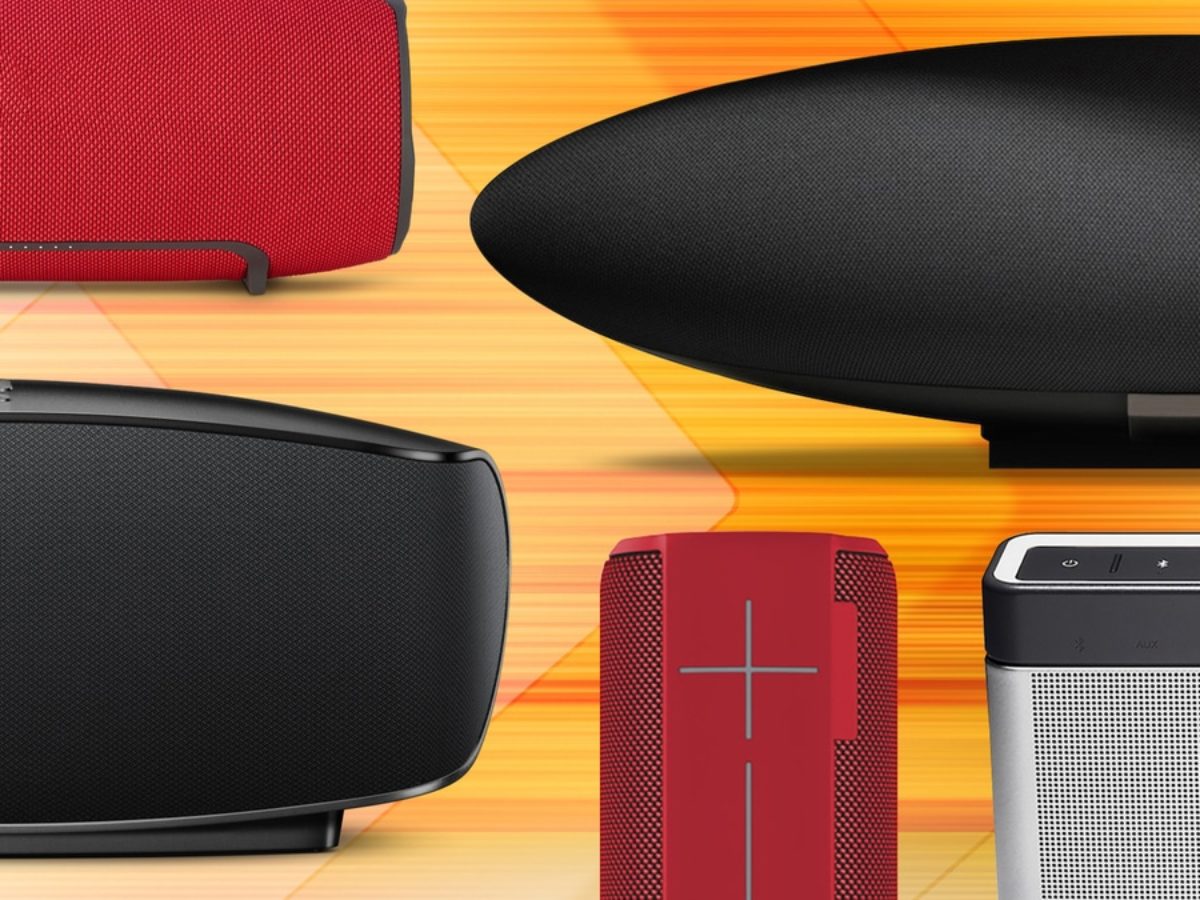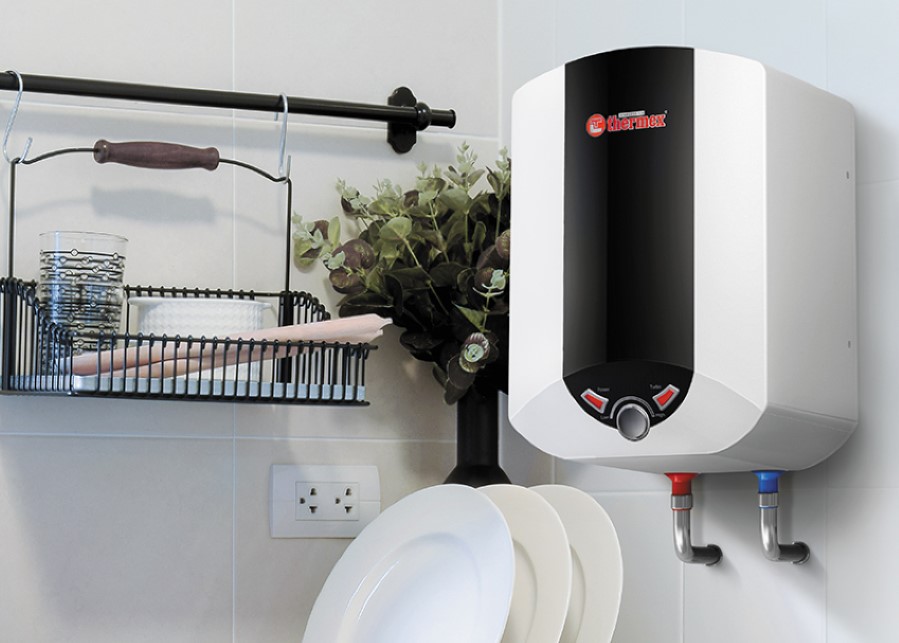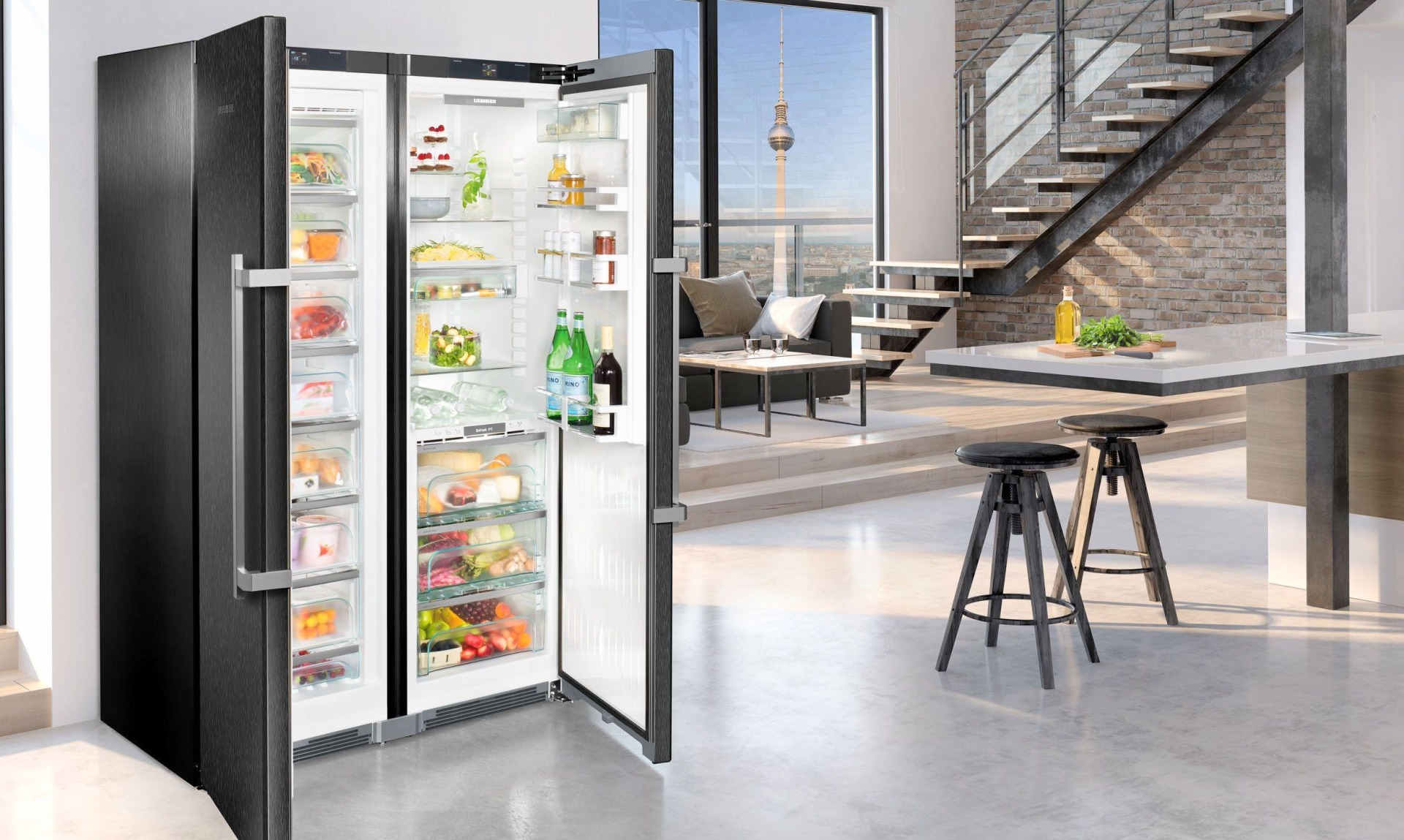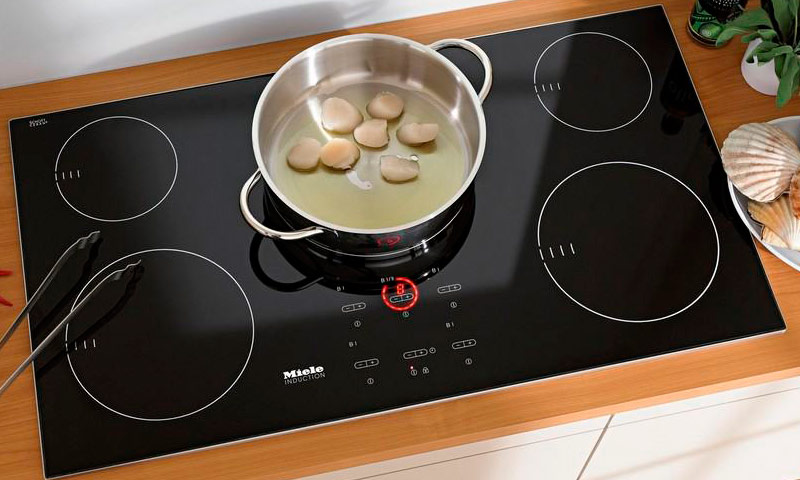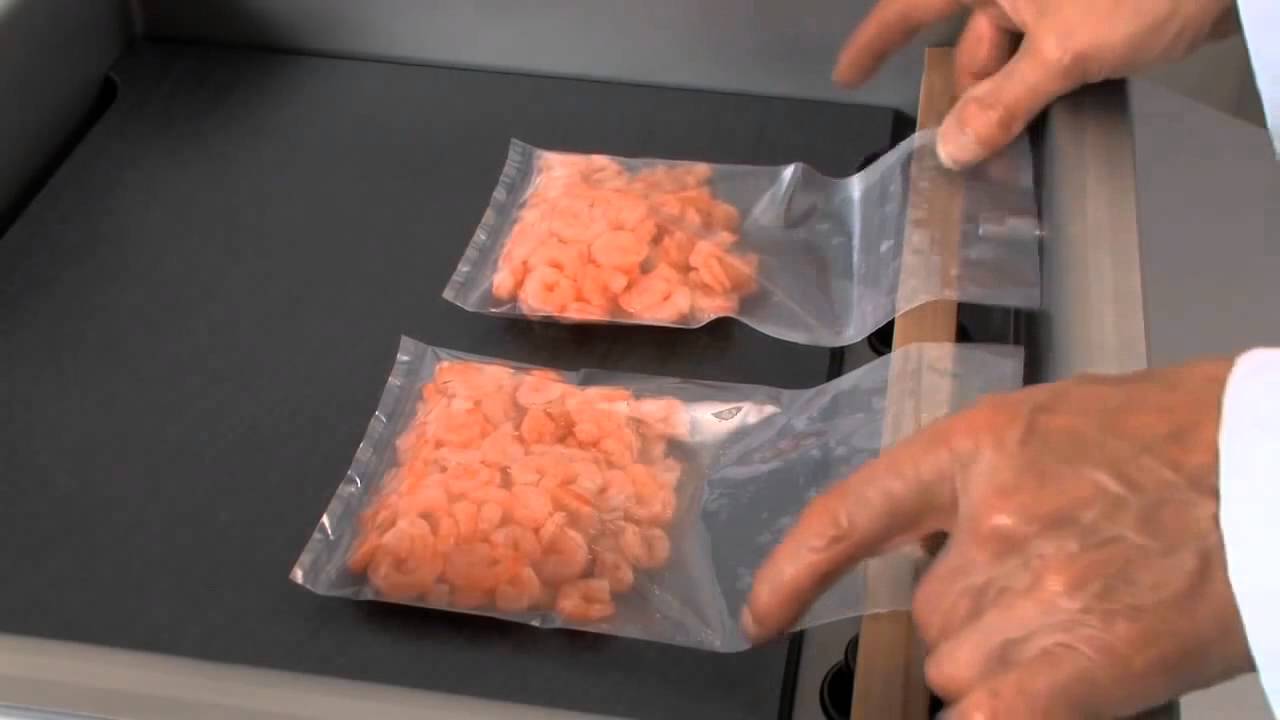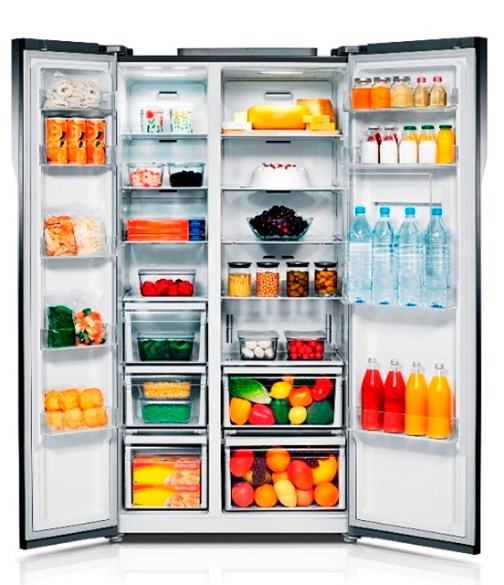Even the best iron can capitulate to a pile of crumpled linens.. Ironing large surfaces with a small device is not a very pleasant task.. Ironing rollers familiar to our grandmothers come to the rescue, but already automated. How to choose the right ironing rink for our needs?
What is an ironing roller?
Ironing rink – this is a car, board with a roller system designed for quickly smoothing large woven products. They consist of two or one rotating roller, through which the laundry passes. Mainly used professionally, in laundries and dry cleaners. They usually iron bed linen., tablecloths, towels or curtains. Ironing rollers are designed for ironing mainly straight linen, residual moisture up to 25 % . They are divided into two types :
- Ironing rollers with heating top plate and drum , covered with material consisting of heat-resistant fiber.
- Ironing rollers with rotating steel rollers, which heat up from the inside.
For rollers of the first type, after spinning the laundry, additional drying is required in drying drums until the final humidity is from 10 to 25%. If the ironer has a fan, humidity can reach up to 25%, if a fan is not installed, the humidity of the laundry should not exceed 10-15%.
When drying clothes on the first type of rollers, convenience, ironing quality, and performance is a little less, this leads to the fact that the linen wears out faster, because it passes under a stationary ironing plate.
For rollers of the second type, the residual moisture can reach up to 50% and linen can be ironed immediately after spinning in special machines or, for example, after centrifuges. The steam released during drying is removed by a fan and the ironing speed can be changed using the speed controller.
Ironing rollers are used: at home in hotels, restaurants, kindergartens, medical institutions, etc..
Manufacturers and prices
There are many brands of ironing rollers in the world, such as LAVANDA, GMP, Еlectrolux, Lavatec, Girbau, Herka and many others, they differ in size, design and speed of drying clothes. If you decide to buy this device, you will have to pay for your home electric 1-2 outside. dollars. Professional devices for use in commercial laundries will require a significant investment from 10 000 and higher. here egroup.com.ua/g5526446-gladilnye-katki-professionalnye you can learn more about the prices and purchase an ironing rink both for your needs and for your enterprise.
The ironing rollers themselves came to us from a device invented back in the Middle Ages - mechanical wooden rollers, which consisted of a laundry receptacle, three roll ironing line,the drying process in them was too labor-intensive and ineffective.
Ironing rollers significantly reduce human labor, and also speed up and improve the process and quality of work, and are a worthy invention of humanity.
Options
- The cylinder diameter significantly affects the performance and efficiency of the device.. Typically it ranges from 180 to 300 mm in case of small machines, and 900 – 1200 for large industrial. The working length of the roll determines the maximum feed size of the web. In small amounts 1000-2500 mm, even in professional 4500 mm.
- Power affects the heating rate of the cylinder and the shaft speed. Usually, ranges from 5 to 20 kvt.
- RPM means the theoretical maximum output in meters per minute. Usually, it ranges from 1,5 to 5 m/min.
- Drying is another parameter, performance determinant. Just ironing the fabric is not enough, it also needs to be dried. because it's in the bag to iron, it must also be dried. Determines the strength and speed of drying, the power and structure of the cylinder, and, of course, type of threaded fabric. In small, home devices is approx.. 15-30 kg/h. Even in large industrial machines 100 kg/hour.
